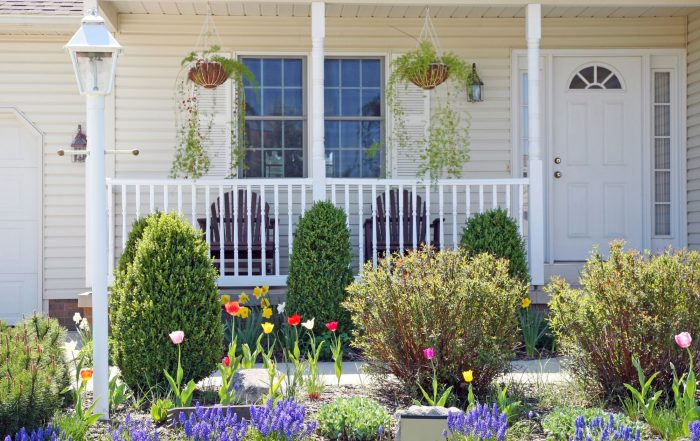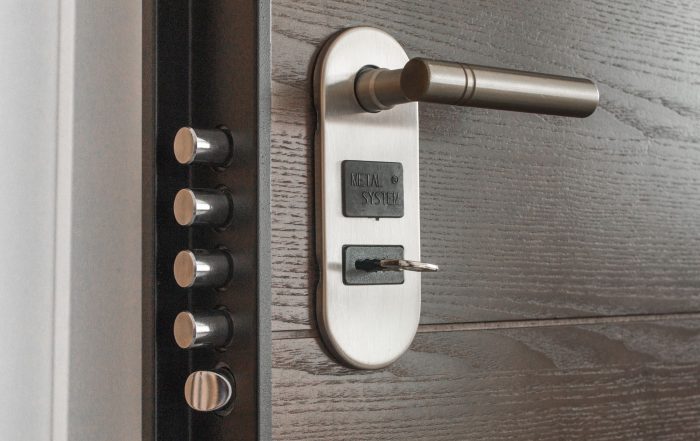
Emergency Preparedness: Creating a Home Security Plan
In an unpredictable world, having a well-thought-out emergency preparedness plan […]
In an unpredictable world, having a well-thought-out emergency preparedness plan is crucial for ensuring the safety and security of your loved ones and property. While it’s impossible to predict every possible scenario, creating a comprehensive home security plan can greatly enhance your ability to respond effectively during emergencies. In this blog, we will guide you through the essential steps to develop a robust home security plan covering various potential threats.
Assessing Potential Risks
Begin by identifying potential risks your region may face, such as natural disasters, power outages, or civil unrest. Consider your geographical location, climate, and local history of emergencies to tailor your plan accordingly. Assessing potential risks will help you prioritise the aspects of your home security plan that need immediate attention.
Building a Communication Plan
Effective communication is key during emergencies. Establish a family communication plan that includes contact information, meeting points, and an out-of-town contact person. Ensure that everyone in your household is familiar with the plan, and practice communication drills regularly. In addition, explore alternative communication methods, such as two-way radios or messaging apps, in case traditional methods are compromised.
Securing Your Home
Evaluate your home’s vulnerabilities and take steps to enhance its security. Install sturdy doors and windows, reinforce entry points, and consider investing in a security system. Adequate exterior lighting and strategically placed surveillance cameras can act as deterrents for potential intruders. Develop a habit of locking doors and windows when leaving the house, and invest in strong locks for added protection.
NoEntry by Sonis is a great solution for securing your home. Using patented technology, the house alarm eliminates the need for any motion, door, and window sensors. This means you get whole-home protection from a single unit as NoEntry covers all doors and windows in your property. Additionally, if you have an integral garage or conservatory, NoEntry covers that too.
Emergency Supplies and Evacuation Plan
Create a well-stocked emergency kit with essentials such as food, water, first aid supplies, flashlights, and important documents. Regularly check and update your kit to ensure that everything is in working order. Develop an evacuation plan with multiple routes and designate meeting points outside your home. Practice evacuation drills with your family to ensure everyone knows what to do in case of a sudden evacuation.
Community Involvement
Strengthening community ties is an integral part of emergency preparedness. Get involved in local emergency response initiatives, neighbourhood watch programs, or community emergency planning groups. Collaborate with your neighbours to create a support network that can assist during challenging times.
Stay Informed
Stay informed about potential threats by monitoring local news, weather updates, and emergency alerts. Consider investing in a weather radio or emergency notification system to receive timely information. Being aware of the situation is crucial for making informed decisions during emergencies.
Conclusion
Creating a home security plan is an ongoing process that requires dedication, regular review, and adaptation to changing circumstances. By taking the time to assess risks, strengthen your home’s security, and establish effective communication channels, you significantly increase your ability to navigate emergencies successfully. Remember that preparedness is a shared responsibility, and by working together with your community, you contribute to building a safer and more resilient environment for everyone.



